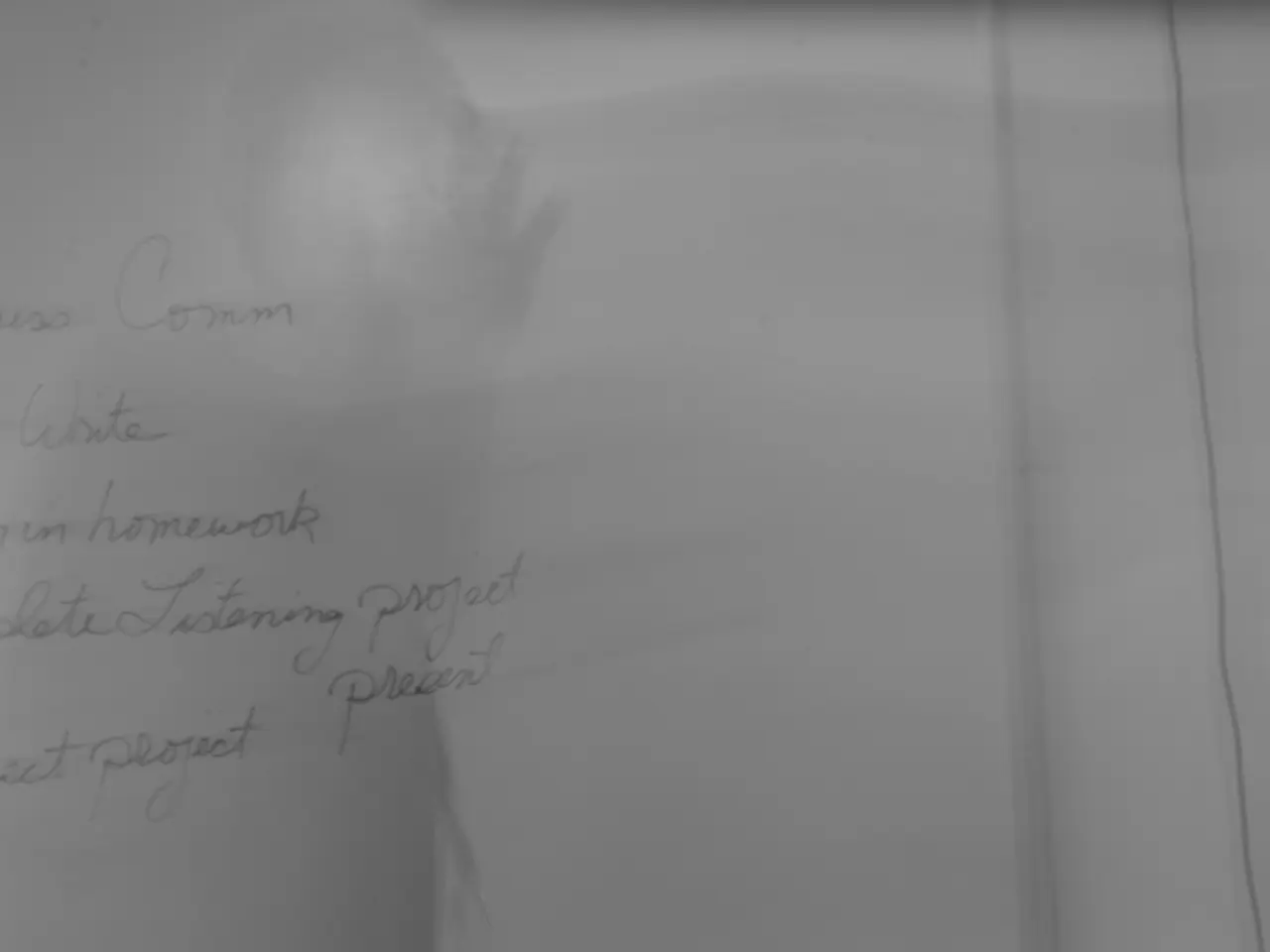U.S. Senator Graham meets with Indian ambassador Kwatra to explore energy business prospects, amidst Trump's warning of halting diplomatic discussions
The United States has imposed a sweeping 50% tariff increase on key Indian sectors, including gems and jewellery, leather, textiles, chemicals, footwear, and shrimp. This tariff hike, which follows a previous 25% tariff level, effectively doubles the duties on these Indian exports, largely in response to India's continued purchase of Russian oil.
The dramatic tariff escalation has caused a sharp decline in US-bound orders, with exporters anticipating a 40–70% drop in exports to the US market for these sectors. The gems and jewellery sector, India’s largest export segment to the US, has been particularly affected, with a 50% tariff increase resulting in significant job losses, estimated at around 100,000 workers in diamond cutting and polishing hubs in Gujarat due to order cancellations and hold-ups.
Indian manufacturers and exporters are scrambling to reroute shipments through countries with lower tariffs such as the UAE and Mexico to mitigate the impact of the US tariffs. Other Indian exporters are squeezed by margins, with MSME-led sectors facing particular difficulty absorbing the sudden cost increase, risking loss of long-term US clients.
The US is the only major buyer to impose such punitive tariffs specifically on India for its Russian oil purchases, while countries like China and Turkey have not faced similar penalties. Global protectionism rises alongside the US tariffs, with several other major importers considering or imposing tariff increases on Indian goods, though none match the US’s 50% level.
The trade dispute between India and the United States threatens to strain broader economic and strategic ties between the two nations. The upcoming trade talks aim to resolve key differences over market access, tariffs, and regulatory standards. Indian Ambassador to the United States, Vinay Mohan Kwatra, met with Senator Lindsey Graham to discuss strengthening bilateral energy trade.
Prime Minister Narendra Modi has stated that India will not compromise on the interests of farmers, the dairy sector, or fishermen. Senator Lindsey Graham, a close ally of former President Trump, had previously argued for tariffs as high as 100% for nations buying Russian oil. The negotiations come after both sides failed to reach an agreement before the August 1 deadline, resulting in a 25% tariff on Indian exports.
The tariffs are the steepest in Asia for any country. The Ministry of External Affairs has accused Washington of double standards regarding India's energy imports. Graham has linked better US-India relations to New Delhi helping Washington end the war in Ukraine. The sixth round of trade deal negotiations between India and the United States is scheduled for August 25-29, with officials from both nations aiming to bridge gaps and secure a mutually beneficial agreement.
References:
- Financial Express
- The Hindu BusinessLine
- The Economic Times
- Indian Express
- Bloomberg
- The escalating tariffs in US-India trade relations, particularly in sectors like gems and jewellery, have sparked concerns within the education-and-self-development sector, as these job losses might lead to a skill gap due to the lack of ready workforce in polishing and cutting industries.
- The current trade dispute, fueled by political maneuvering, has forced Indian finance experts to closely monitor the movements of key players, such as Senator Lindsey Graham, who has shown a keen interest in the DEFIs (Defense and Foreign Policy Insights), given his advocacy for high tariffs and his alleged influence on US-India strategic ties.
- Amidst the general-news imbroglio, global stock markets have shown fluctuating trends in response to the US tariff increases, and many analysts are now debating the potential long-term impact on the world economy if this protectionist wave continues, with India being a significant player in the international market.




